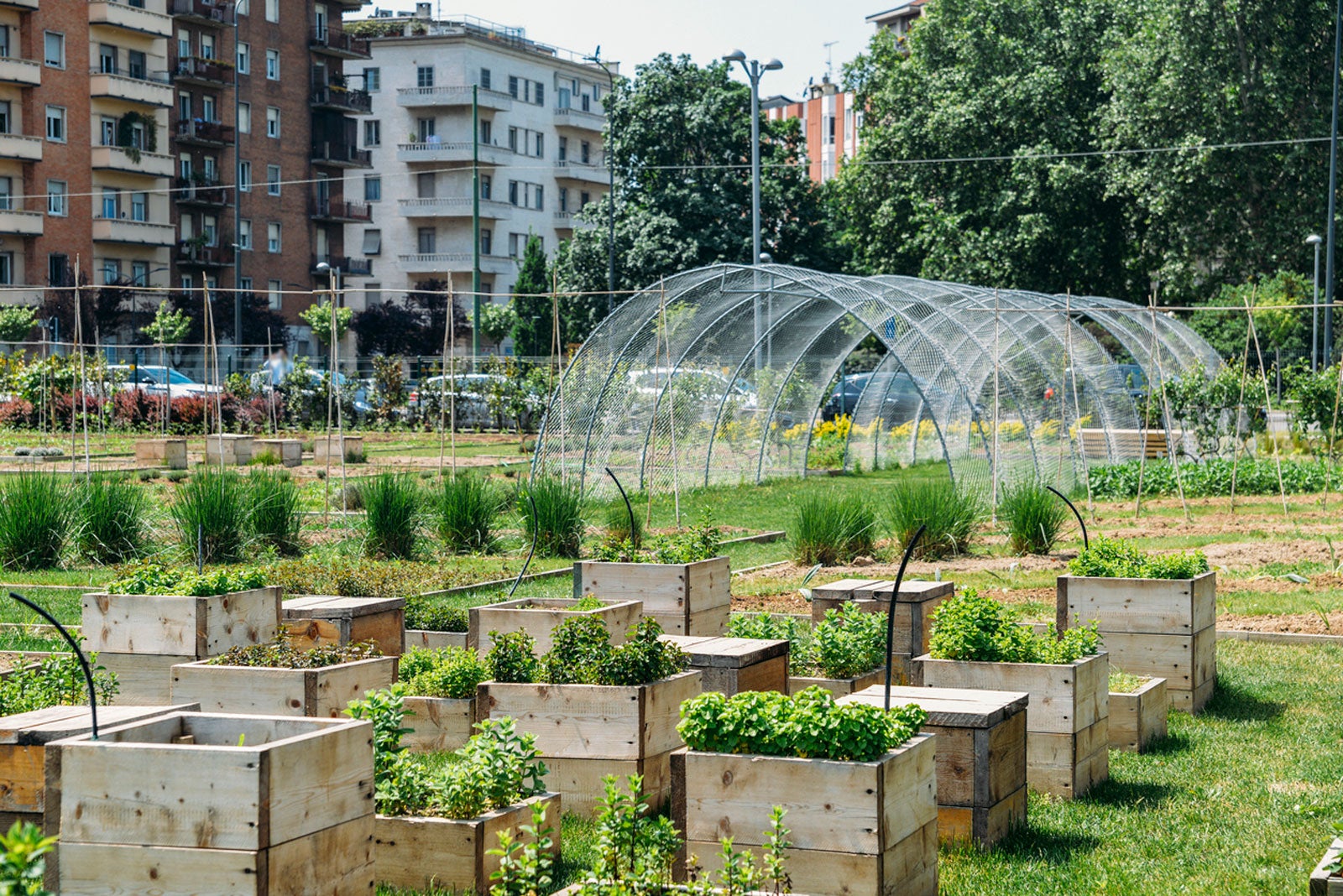Rumored Buzz on City Blooming
Rumored Buzz on City Blooming
Blog Article
The 3-Minute Rule for City Blooming
Table of ContentsHow City Blooming can Save You Time, Stress, and Money.Not known Incorrect Statements About City Blooming Our City Blooming PDFs9 Easy Facts About City Blooming ExplainedSome Known Incorrect Statements About City Blooming
Intrigued in expanding food for sale in the City of Chicago? Below is a listing of often asked inquiries pertaining to the regulations and policies that cultivators should think about when intending a metropolitan agriculture job.
The zoning modification does not modify any type of various other codes handling composting, building permits, purchasing or leasing City had building, company licenses or environmental contamination. There are existing codes that regulate these problems and they continue to be in full effect and might be suitable to your job. Community gardens are usually possessed or managed by public entities, civic companies or community-based companies and maintained by volunteers.
Urban farms grow food that is meant to be offered, either on a not-for-profit or for-profit basis. Due to their business function, metropolitan farms need an organization license.
Not known Details About City Blooming
Composting is permitted yet just for plant material that is created and made use of on website. The amount of garden compost product can not exceed 25 cubic yards at any kind of given time according to the standards in 7-28-715 of the City's Municipal Code. Yes. Due to the fact that the dirt at a lot of new yard sites requires changing, compost, dirt, timber chips, or other materials can be acquired to construct or enhance the expanding area - garden care.

If a structure authorization is called for then the hoophouse will certainly be thought about an accessory structure. You can figure out more concerning the building permit needs by contacting the Division of Buildings. The 25,000-square-foot size restriction is meant to avoid a solitary neighborhood yard from dominating an offered block or detracting from the block's existing household or commercial personality.
The limitation does not put on gardens found in Public Open Room (POS) districts. Can there be greater than one area garden that is 25,000 square feet on a solitary block? Yes. The size restriction relates to private yards, not to individual blocks. No. Secure fencing is not required, nonetheless, gardens that have big parking lot might be required to set up secure fencing or other landscaping attributes.
Getting My City Blooming To Work
B1 & B2 areas require that all business use activities be conducted indoors. Is fencing needed for metropolitan farms? Fencings might be needed, along with landscaping and testing, for specific car park areas and exterior job or storage locations depending on place and the particular task taking location.
Yes. Urban ranches need structure licenses and zoning approvals prior to construction. Various other kinds of city evaluation may be required relying on certain structures, activities, dimension, landscaping, licensing, public heath and stormwater administration problems. A number of these requirements are identified in the project layout or allowing process, however, the candidate may be responsible to individually recognize certain licenses or permits that might be required.
Yes. The type of certificate is figured out by what is occurring at the site. The Department of Business Affairs and Customer Protection can help establish the certain kind of business license that's required. Yes. Off street auto parking is needed for a lot of commercial jobs in Chicago. The needed variety of garage is based on the variety of employees dealing with site and not the square video of the expanding space.
City Blooming Can Be Fun For Anyone

Yes. A city ranch can offer garden compost product produced on website, nonetheless, the operation must abide by the guidelines in 7-28-715 of the Chicago Municipal Code. Yes. Aquaponic systems are enabled inside on urban farms in lots of zoning areas. Nonetheless, a zoning testimonial and structure authorization is called for in order to install structures or systems and a service permit is called for as defined over.
As much as five hives or swarms of honey may be kept as an accessory usage. Beekeepers should register with the Illinois Division of Agriculture. For more details about the suggested zoning change you may get in touch with the Division of Real Estate and Economic Advancement, Bureau of Planning and Zoning at 312.744.8563.
Farming in cities and city areas An urban ranch in Chicago. Urban agriculture describes different practices of cultivating. https://us.enrollbusiness.com/BusinessProfile/6739712/City%20Blooming#google_vignette, handling, and distributing food in urban areas. The term additionally applies to the area activities of pet husbandry, aquaculture, beekeeping, and horticulture in an urban context. Urban farming is identified from peri-urban agriculture, which takes area in country areas beside suburban areas.
City Blooming Fundamentals Explained
It can include an activity of natural growers, "foodies" these details and "locavores", that seek to create social media networks based on a shared principles of nature and neighborhood holism. These networks can develop by method of official institutional support, becoming integrated right into local town as a "shift community" motion for lasting urban growth.
In either case, the extra direct accessibility to fresh vegetable, fruit, and meat products that may be realised with city agriculture can enhance food safety and security and food safety while lowering food miles, leading to lower greenhouse gas emissions, thus adding to climate modification mitigation. A few of the initial evidence of urban agriculture comes from Mesopotamia.
Report this page